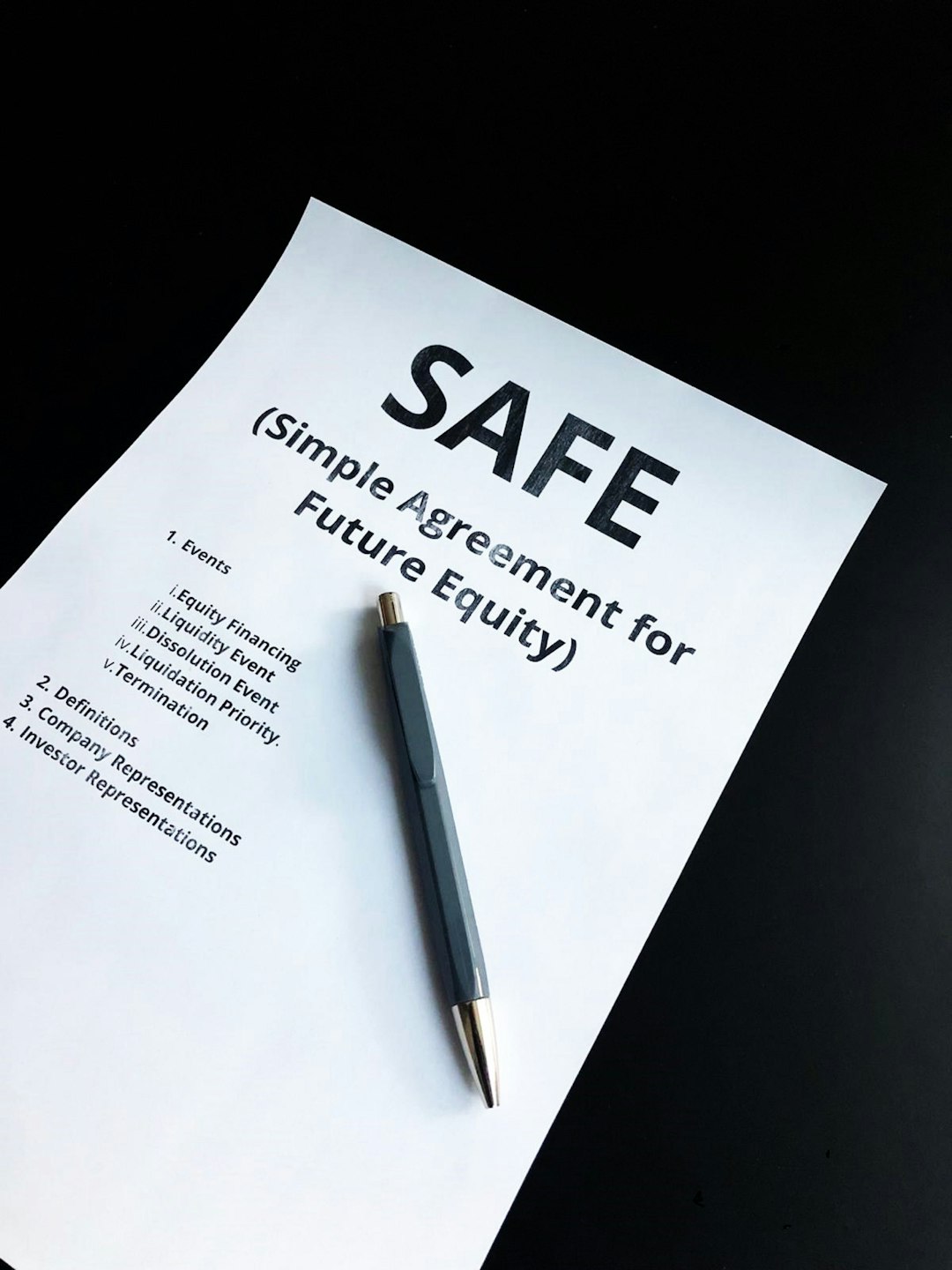Imagine walking into work each day knowing that you are not just ready, but fully capable of handling the tasks ahead. How would that change your confidence and productivity?
A Fitness for Duty Test can be the key to unlocking this assurance. It’s designed to ensure you are physically and mentally prepared to perform your job safely and efficiently. But what exactly does this test involve, and why should you care?
If you’ve ever felt uncertain about your ability to meet your job’s demands, understanding this test could be a game-changer for your career. Stick with us, because by the end of this article, you’ll know how a Fitness for Duty Test can empower you to reach your full potential at work.
Purpose Of Fitness For Duty Tests
Understanding the purpose of Fitness for Duty Tests is crucial for both employers and employees. These tests ensure that individuals are physically and mentally prepared to perform their job duties safely and effectively. They help maintain workplace safety, prevent accidents, and increase productivity.
Enhancing Workplace Safety
Fitness for Duty Tests play a key role in enhancing workplace safety. By assessing an employee’s physical and mental capabilities, these tests help prevent workplace accidents. Imagine a scenario where an employee operates heavy machinery without being physically fit. The consequences could be dire, potentially leading to injuries or even fatalities.
Boosting Productivity
Productivity is directly linked to an employee’s fitness level. Have you ever tried working when you’re not feeling your best? It’s challenging, right? Fitness for Duty Tests ensure that employees are in top form to deliver their best work. This not only boosts individual performance but also benefits the entire team.
Protecting Employee Well-being
These tests are not just about meeting job requirements; they also protect employee health. By identifying potential health issues, they offer a chance for early intervention. It’s like getting a heads up before a storm hits. Wouldn’t you want to know if there’s a risk that could affect your ability to work?
Ensuring Compliance With Regulations
Compliance with industry regulations is crucial. Fitness for Duty Tests help ensure that your company meets legal requirements. This saves you from costly fines and maintains your reputation. Consider how beneficial it is to know your workplace is following the rules and protecting its employees.
Minimizing Liability Risks
Liability risks can be a nightmare for any business. Fitness for Duty Tests minimize these risks by ensuring employees are fit for their roles. This proactive approach reduces the chances of incidents that could lead to lawsuits. Isn’t it reassuring to know your workplace is taking steps to prevent legal troubles?
Fitness for Duty Tests serve multiple purposes that benefit both employers and employees. What do you think would happen if these tests were not in place? Would the workplace be as safe and productive?
Key Components Of The Test
Understanding the key components of a Fitness for Duty Test is crucial. These tests ensure employees are physically and mentally fit for their roles. Each component plays a vital role in assessing readiness. Let’s explore these essential elements in detail.
Physical Assessments
Physical assessments evaluate strength, endurance, and flexibility. They determine if an employee can handle job demands. Tests often include lifting, running, or agility tasks. Results ensure workers can perform safely and effectively.
Mental Health Evaluations
Mental health evaluations focus on emotional stability. They assess stress levels, coping skills, and overall mental well-being. These evaluations help identify any psychological concerns. Ensuring mental fitness is as important as physical fitness.
Substance Abuse Screening
Substance abuse screening checks for drug or alcohol issues. It ensures employees are free from substances that impair function. These screenings maintain a safe and productive work environment. Results guide necessary support or intervention.
Legal And Ethical Considerations
Ensuring legal and ethical standards is crucial in fitness for duty tests. These evaluations help verify employee readiness while respecting privacy and rights. Balancing safety with individual rights requires clear policies and transparent procedures.
Navigating the legal and ethical landscape of a Fitness for Duty Test can be complex but crucial. Employers must balance the need to ensure a safe and productive workplace with respecting individual rights. Let’s dive into some key considerations that every employer and employee should keep in mind.Employee Privacy Rights
Respecting employee privacy is vital. It’s important to only collect information directly relevant to the job. Imagine if your personal health details were shared widely without your consent. That would feel invasive, right? Employers should be transparent about what data is collected and how it will be used. This builds trust and ensures that employees feel respected and valued.Compliance With Labor Laws
Labor laws are designed to protect both employers and employees. Ensuring compliance with these laws can prevent costly legal disputes. For instance, if a Fitness for Duty Test is required, it must be administered in a way that doesn’t discriminate against any group. Are you aware of the specific labor laws in your area? Staying informed can help you avoid unintentional violations and foster a fair workplace environment. By addressing these legal and ethical considerations, you can create a workplace that prioritizes safety without compromising respect for individual rights. How do you ensure your workplace remains compliant and respectful?Benefits For Employers
Employers benefit from Fitness for Duty Tests by ensuring a safe workplace. These tests help assess an employee’s physical and mental readiness. This reduces workplace accidents and boosts productivity.
When considering the implementation of a Fitness for Duty Test, it’s essential to recognize the multiple advantages it offers to employers. Such tests are designed to ensure that employees are physically and mentally prepared to perform their job safely and efficiently. This proactive approach not only fosters a safer work environment but also boosts overall productivity. Let’s dive deeper into how these benefits manifest.Reducing Workplace Accidents
A Fitness for Duty Test significantly reduces the risk of workplace accidents. When employees are assessed for their physical and mental readiness, potential hazards are identified before they can cause harm. Imagine a scenario where a forklift operator, who is not fully alert due to fatigue, could jeopardize safety. By ensuring readiness, you prevent accidents and protect your workforce. Do you have measures in place to ensure your team is fit for duty?Enhancing Productivity
Productivity gains are a significant benefit of these tests. Employees who are fit for their roles are more focused and efficient. This readiness translates to fewer errors and faster completion of tasks. Consider the time saved when employees aren’t struggling with tasks due to physical or mental limitations. A friend of mine, who manages a manufacturing plant, saw a 15% increase in productivity after implementing these tests. Are you maximizing your team’s potential? Incorporating Fitness for Duty Tests can lead to a more engaged and capable workforce. As an employer, you stand to gain a safer, more productive work environment. Isn’t it time you considered this approach to benefit your business?Challenges And Limitations
Fitness for Duty Tests are essential in maintaining workplace safety. Yet, they come with challenges and limitations. Organizations need to understand these to make informed decisions. Addressing them can improve the effectiveness of such tests.
Potential Bias And Discrimination
Bias can affect test outcomes. Personal prejudices might skew evaluations. Discrimination may arise if tests favor certain groups. Diverse workforces need fair assessments. Policies must ensure impartiality. Consistent standards help in maintaining fairness.
Cost And Resource Implications
Fitness tests can be costly. Equipment and training require investment. Small companies may struggle with expenses. Resources include time and personnel. Evaluations need trained professionals. Balancing cost with benefits is crucial for sustainable practices.

Credit: www.youtube.com
Implementing A Fitness For Duty Program
Fitness for Duty Tests ensure employees are physically and mentally ready for work. These evaluations help maintain workplace safety. They identify potential issues before they become problems. Implementing such programs can reduce accidents and improve productivity.
Implementing a Fitness for Duty Program can transform your workplace into a safer and more productive environment. It ensures that employees are physically and mentally capable of performing their jobs effectively. But how do you set up such a program without it becoming a logistical nightmare? Let’s break it down into actionable steps.Establishing Clear Policies
Creating clear policies is the backbone of a successful Fitness for Duty Program. You need to define what “fitness for duty” means in your specific workplace context. Is it about physical health, mental well-being, or both? Once you’ve defined it, write straightforward policies that outline the procedures and expectations. Make sure these policies are accessible to everyone. Consider putting them on your company’s intranet or in employee handbooks.Training And Communication
Training is key to the success of your program. Offer workshops or online courses to educate employees about the importance of fitness for duty. Explain how it benefits them and the company. Communication should be ongoing. Regularly remind employees about the program through emails or team meetings. Encourage open dialogue where employees feel comfortable discussing concerns. A personal experience might help illustrate this: I once worked at a company where the program was announced but never talked about again. It faded into obscurity. Consistent communication could have kept it alive and effective. Implementing a Fitness for Duty Program requires effort, but the benefits outweigh the initial work. Are you ready to take the first step towards a healthier workplace?Future Trends In Fitness Testing
The future of fitness for duty testing is evolving rapidly. New trends are shaping how organizations assess employee readiness. These changes ensure safety, efficiency, and compliance in the workplace. Employers are keen to adapt to these new methodologies to enhance productivity.
Technological Advancements
Technology plays a big role in fitness testing. Wearable devices now monitor health in real-time. These gadgets provide accurate data on physical and mental well-being. Advanced software analyzes this data to predict potential health issues. Virtual reality offers immersive training experiences. Employees can simulate real-world scenarios safely. Artificial intelligence personalizes fitness plans. It adapts routines based on individual needs and progress. These innovations make fitness testing more efficient and reliable.
Evolving Workplace Demands
Workplace demands are changing due to new industry standards. Remote work has introduced unique challenges. Employers need to assess fitness beyond physical health. Mental resilience is now a key component. Stress levels and cognitive function are crucial factors. Ergonomics is gaining importance in fitness evaluations. Safe work environments reduce injury risks. Flexible work hours demand adaptive fitness solutions. Employers seek comprehensive tests that cover diverse roles. These evolving demands require tailored fitness assessments.

Credit: stanard.com

Credit: verdugopsych.com
Frequently Asked Questions
How Long Does A Fitness For Duty Take?
A fitness for duty evaluation typically takes a few hours. The process may extend to several days for comprehensive assessments. Duration depends on the specific requirements and complexity of the evaluation. Always check with the evaluating professional for a more precise timeline.
What Happens If You Fail A Fitness For Duty?
Failing a fitness for duty assessment may lead to suspension or job reassignment. Employers might request further evaluation or medical clearance. It’s crucial to comply with recommended steps to return to work safely. This process ensures both employee and workplace safety, maintaining productivity and health standards.
What Is A Fitness For Work Test?
A fitness for work test evaluates if an individual is physically and mentally capable of performing job duties safely. It ensures employees meet the health requirements for their specific roles, preventing work-related injuries and promoting workplace safety. Employers use these tests to match job demands with employee capabilities effectively.
What Triggers A Fitness For Duty Exam In A California Public Agency?
A fitness for duty exam in a California public agency is triggered by observed job performance issues, safety concerns, or behavioral changes that affect work. Supervisors may request evaluation to ensure employees can perform essential duties safely and effectively. Legal guidelines govern these exams to protect employee rights.
Conclusion
A fitness for duty test ensures safety and productivity in workplaces. It helps identify if employees can perform tasks without risk. This test supports both employers and employees. It can prevent accidents and promote health. Companies benefit from improved efficiency and reduced liability.
Employees feel secure knowing they are fit for their roles. This test contributes to a safer work environment. It is an essential tool for maintaining workplace standards. Employers should consider implementing these tests regularly. Prioritizing fitness for duty can lead to a healthier, more productive workforce.




